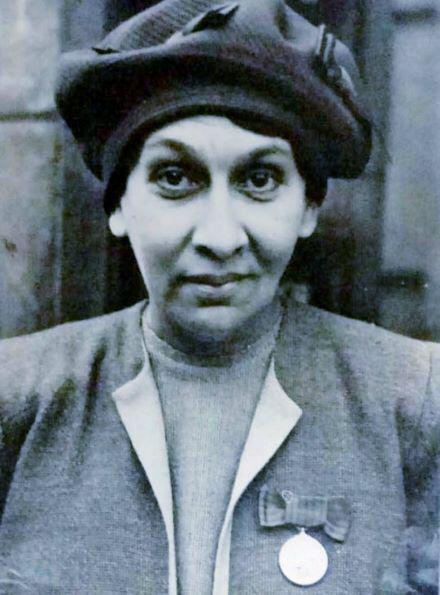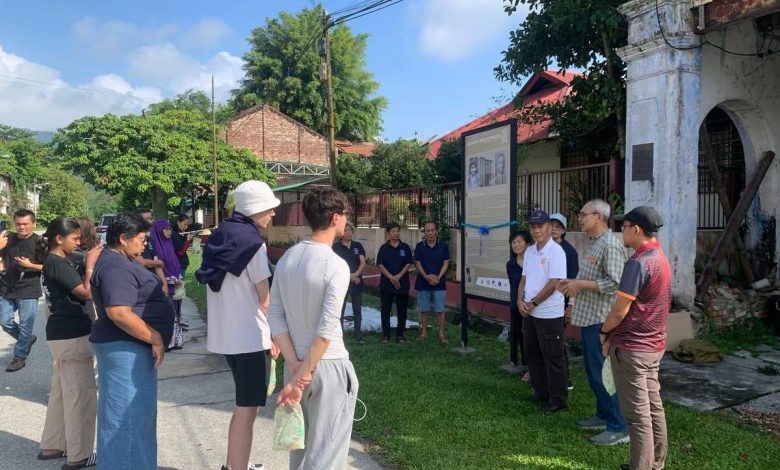

By Aida Aziz
BATU GAJAH: The story of this brave woman has gained international recognition for her efforts in helping the local community during the Japanese occupation from 1942 to 1945.
Despite the risks to her life, Sybil Kathigasu, born Sybil Medan Daly, continued her duties as a nurse.
At the same time, she secretly provided medical aid to anti-Japanese guerrillas in Papan.
To commemorate her efforts and contributions, an information signboard has been erected at the Sybil Kathigasu Old Clinic, near the shop house at No. 74, here.
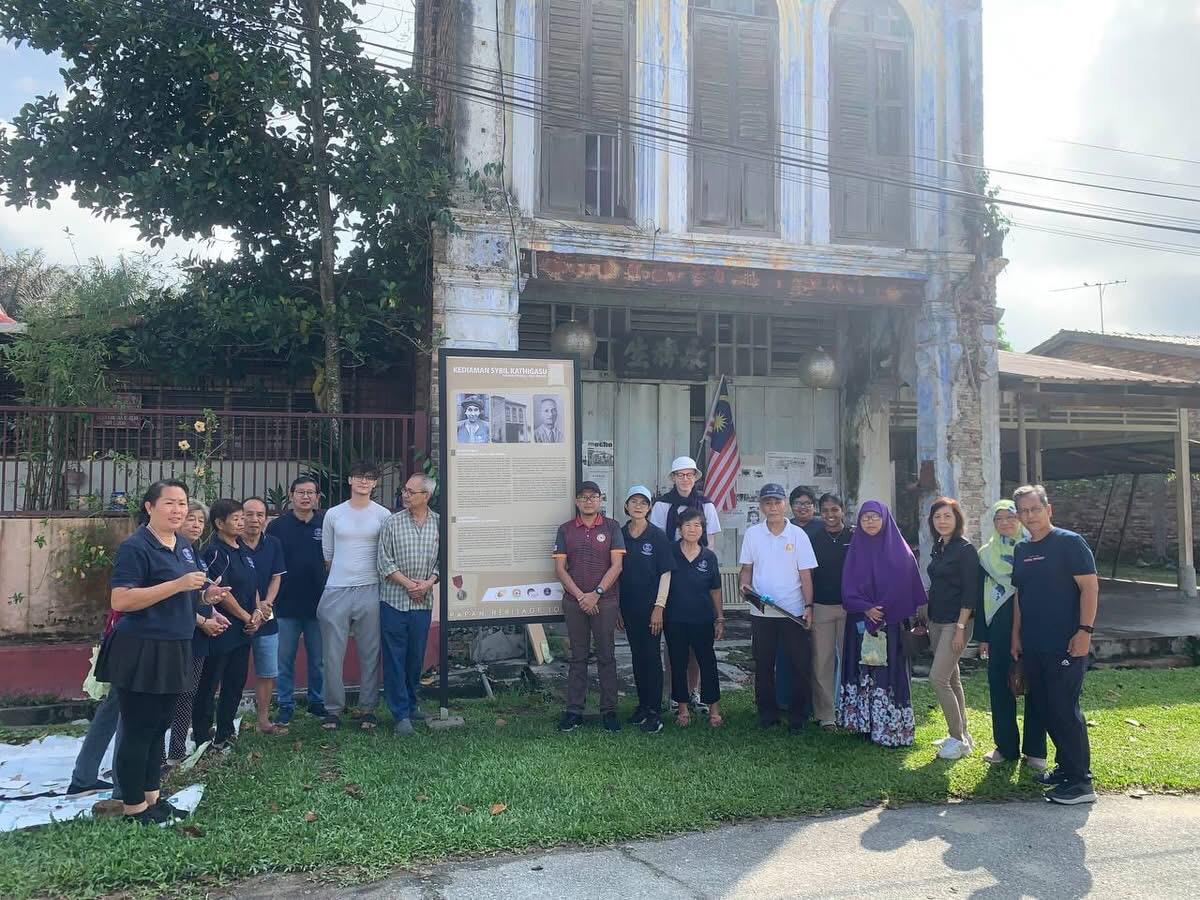

According to the President of the Perak Heritage Society (PHS), Tajuddin Mohd Tahir, the second signboard was created after a joint effort for the Raja Bilah mansion was recently carried out.
“We want to boost historical tourism in the state. PHS, in collaboration with the Batu Gajah District Council, Kinta Valley GeoPark, and the Papan Heritage Group, is driving this initiative.
“This effort is an appreciation from the association and a continuation of the work to honor Sybil Kathigasu’s history, which was started by the former President of PHS, Law Siak Hong, in 2003.
“He rented the shop house at No. 74 to establish a museum or memorial gallery.
“Without any government financial aid, he managed it independently for over 12 years,” he said.
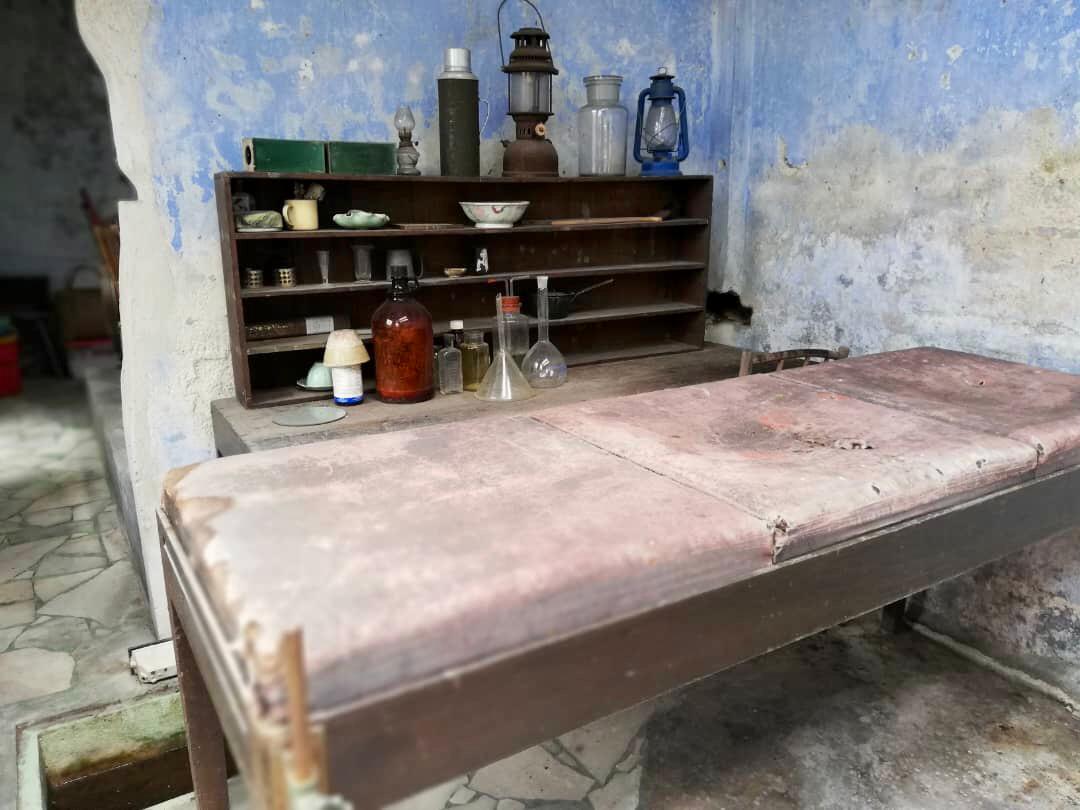

He further explained that the effort to highlight Sybil’s history aligns with International Women’s Day, celebrated on March 8.
“We hope the signboard at the Sybil Kathigasu Clinic will attract more visitors, whether tourists or history enthusiasts, to come to Papan.
“We also hope Papan will be successfully designated as a Heritage Town, both locally and internationally,” he added.
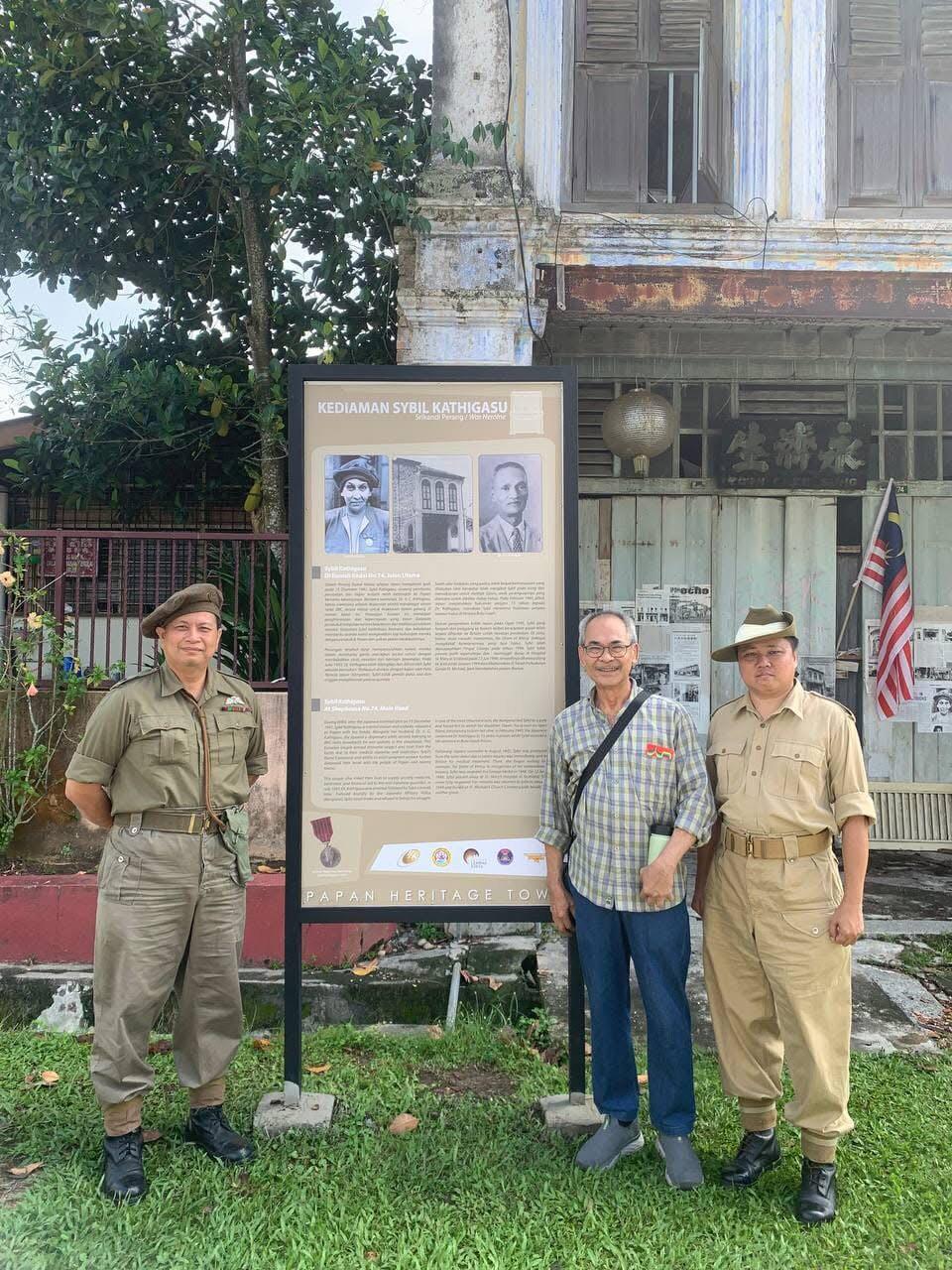

A brief look at Sybil’s history reveals that she opened a clinic in Papan to help the local community, regardless of religion or ethnicity.
After about 20 months in Papan, Sybil was arrested and brutally tortured by the kempeitai (Japanese military police).
She was then imprisoned in Batu Gajah until her release in August 1945, after the Japanese surrendered.
The severe injuries she sustained led to her being sent to Britain for further treatment.
She became the first woman in Malaya to receive the George Medal before passing away on June 12, 1948, a few months later.
